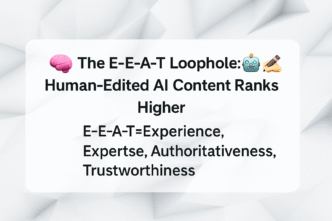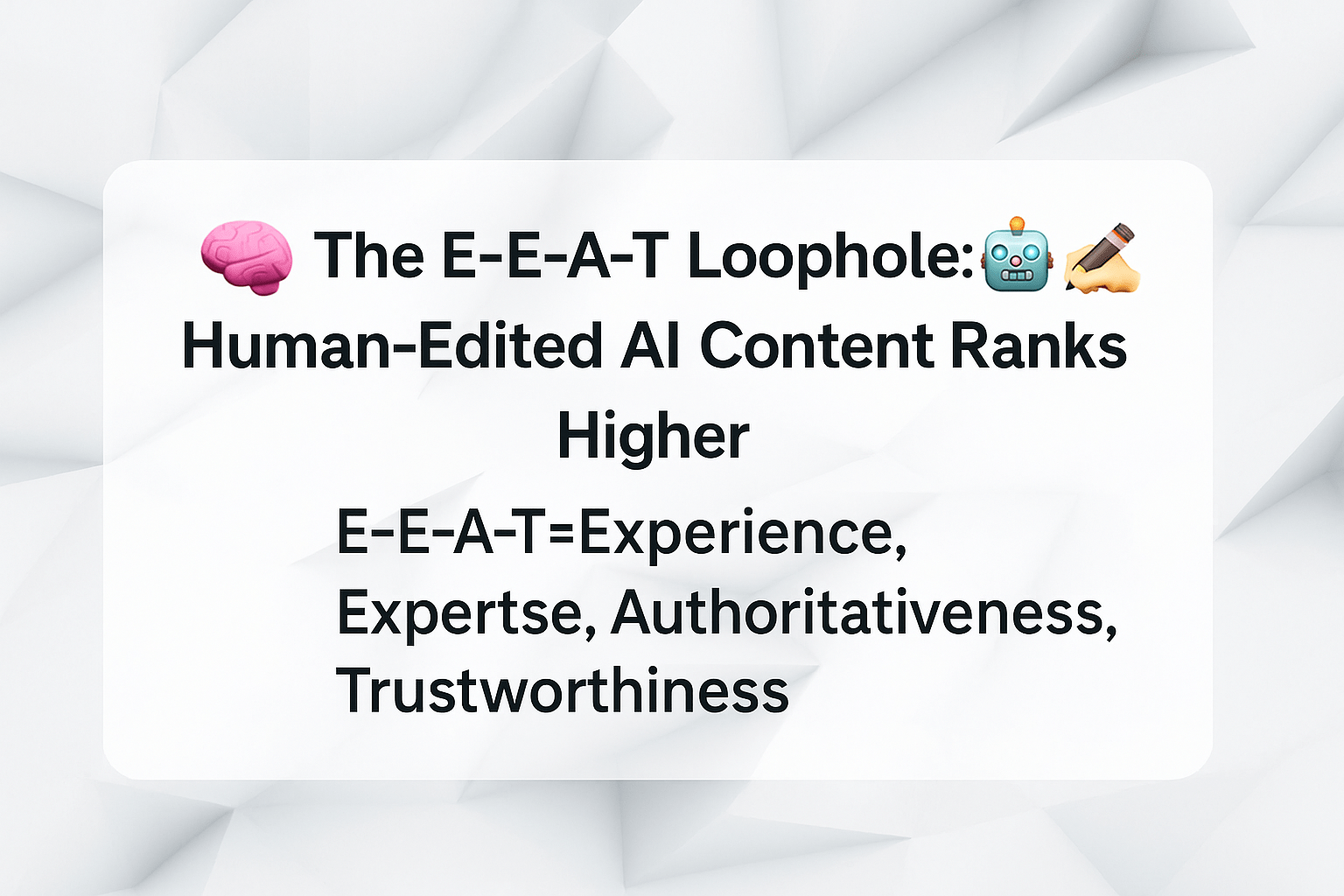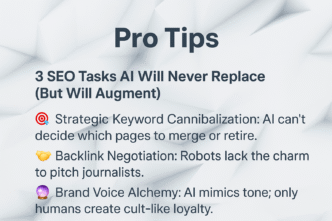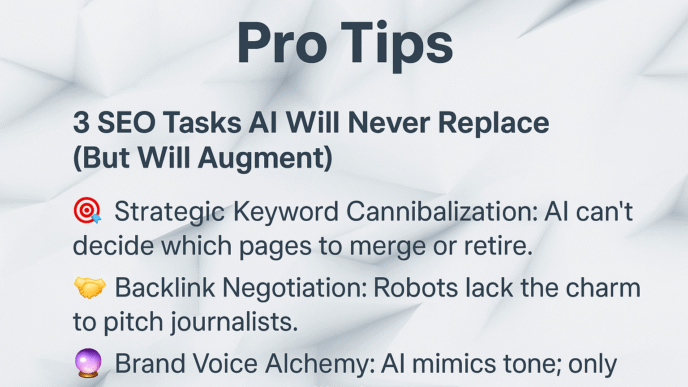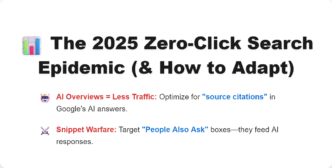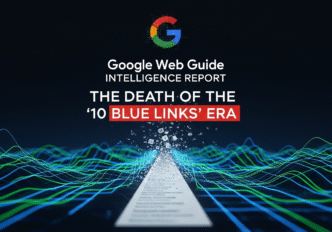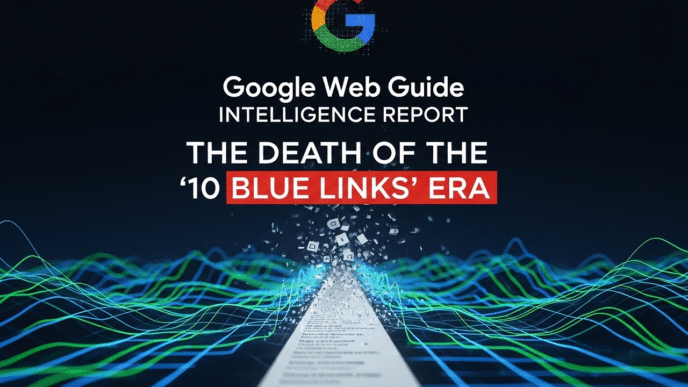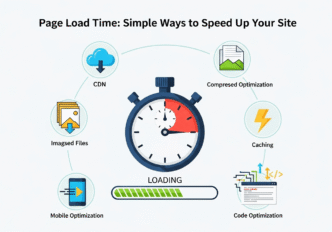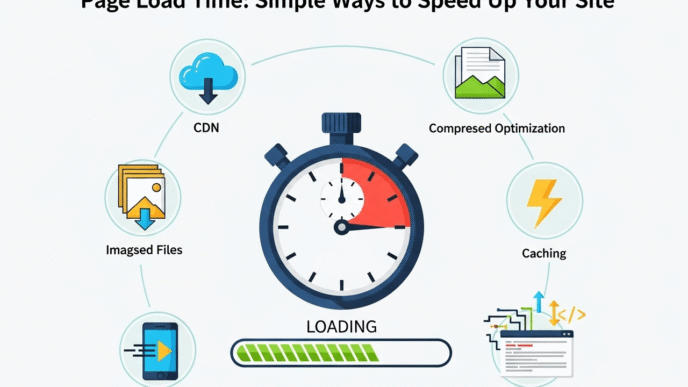Why It Works:
Google’s algorithms struggle to flag AI content when it’s polished by humans—especially if it demonstrates Experience, Expertise, Authority, and Trustworthiness (E-E-A-T).
How to Execute:
Step 1: Use AI (e.g. ChatGPT, Deep Seek, Gemini, Claude) for research and rough drafts.
Step 2: Have a subject-matter expert rewrite:
Add personal anecdotes (e.g., “In my 10 years as a doctor…”).
Insert original data or case studies (AI can’t fabricate these).
Fix “uncanny valley” phrasing (e.g., change robotic transitions like “Moreover” to natural ones like “Here’s the kicker”).
Example:
AI Draft: “Blockchain technology is decentralized.”
Human Edit: “When I audited a DeFi protocol last year, I saw how decentralization prevents rug pulls—here’s how.”
2. Hybrid Workflow Wins: AI Drafts + Human Storytelling
Why It Works:
AI lacks emotional resonance and cultural nuance. Humans add:
Humor, sarcasm, or vulnerability (e.g., “This SEO tactic saved my failing startup”).
Niche slang (e.g., “Based” for Gen Z audiences).
Controversial takes (AI avoids strong opinions to stay “neutral”).
Pro Tip:
Use AI for 80% of the grunt work (outlines, meta descriptions).
Reserve 20% for human “golden nuggets” (war stories, memes, or proprietary frameworks).
3. SERP Test: AI Disclosure = Trust Badges?
The 2025 Prediction:
Google may reward transparency with badges like:
🤖 “AI-Assisted” (for hybrid content).
👩⚕️ “Expert-Reviewed” (for human-edited AI).
How to Prep:
Pilot Test: Add a disclaimer like “This post was researched with AI and edited by [Expert Name].”
Monitor CTR: If Google rolls out badges, early adopters may get a ranking boost.
4. The “Original Research” Shield
Why It Works:
Google’s “Helpful Content” update prioritizes data-driven content. AI can’t create original studies—but it can analyze them.
Tactic:
Use AI to interpret raw data (e.g., “Here’s what 1,000 Reddit threads say about keto diets”).
Pair with human-designed charts or expert commentary.
Example:
AI Task: “Summarize 50 academic papers on sleep hygiene.”
Human Layer: “I tested these findings for a month—here’s what actually worked.”
5. “Glitch Content” – Leveraging AI’s Blind Spots
Why It Works:
AI struggles with:
Hyper-local content (e.g., “Best tacos in [tiny town]”).
Recent events (e.g., “Taylor Swift’s 2025 tour setlist leaks”).
Physical experiences (e.g., “How it feels to skydive with vertigo”).
How to Rank:
Use AI for structure, then inject real-time/local/human elements.
6. The “Wikipedia Citation” Hack
Why It Works:
Google’s AI trusts Wikipedia-sourced facts.
Tactic:
Have AI generate content citing Wikipedia (e.g., “As noted on Wikipedia’s ‘[Topic]’ page…”).
Then, expand with original analysis (e.g., “But here’s what Wikipedia misses…”).
Bonus: Try to get your site cited on Wikipedia as a source—Google’s AI will prioritize you.
7. The “UX Overhaul” Trick
Why It Works:
Google’s RankBrain measures user engagement. AI content often fails here.
Fix It With:
Interactive elements (quizzes, calculators).
“Skip to Answer” buttons (for zero-click intent).
Human comments (seed real discussions like, “I tried this—ask me anything!”).
Example:
An AI-generated “Yoga Poses” post gains 3x more dwell time after adding:
A “Which Pose Fits Your Mood?” quiz.
A “Physical Therapist Reacts” video.
Key Takeaway
AI content ranks in 2025 only when it’s indistinguishable from human work—or strategically enhanced by humans. Focus on E-E-A-T signals, originality, and engagement to avoid penalties.
Want a cheat sheet for your team? I can condense this into a 1-page checklist. 🚀
